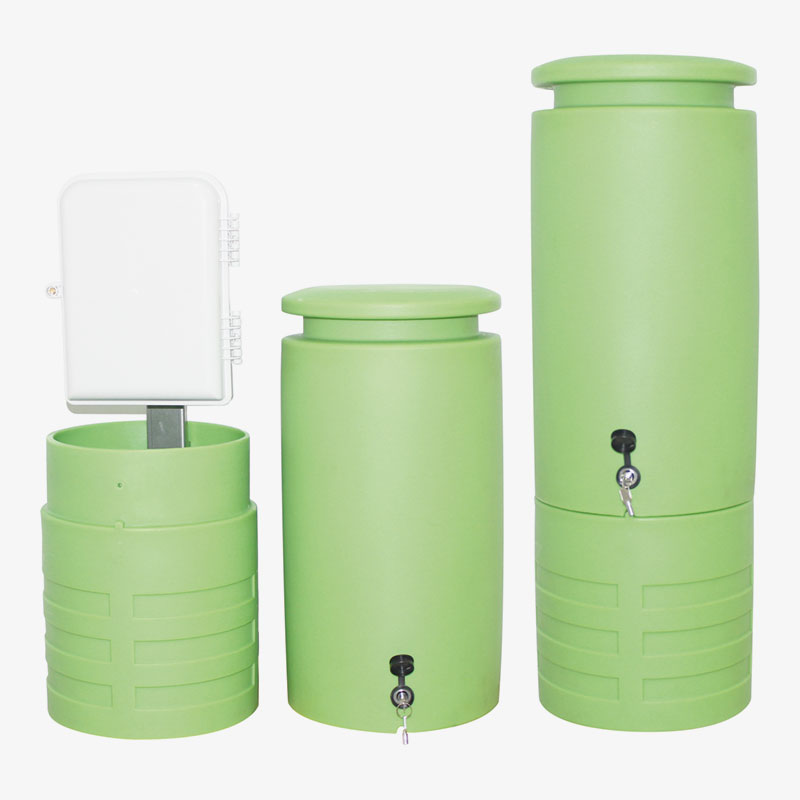In today's data-intensive digital world, much of the communication infrastructure we rely on is facilitated by fiber optics. One crucial element integral to fiber optic networks is fiber optic cabinets, also known as optical distribution frames (ODFs). These cabinets, by providing a centralized place for managing and organizing fiber optic connections and cables, play an indispensable role in maintaining the efficacy and safety of these high-speed data pathways.
One critical aspect of these fiber optic cabinets is their construction material. They are typically built from high-quality, rugged materials such as different grades of steel or aluminum, which are known for their resistance to physical impacts. Essentially, the sturdy exteriors of these cabinets ensure the sensitive fiber optic cables inside are reliably shielded from any mechanical strain or environmental factors.
The fiber optic cabinets are designed with secure enclosures. Particular attention is given to make sure they are dust-resistant and water-resistant, as both can severely damage the optics and limit their performance. In many cases, fiber optic cabinets are also resistant to corrosion, providing an added layer of safety for the delicate cables housed within.
The safety elements of fiber optic cabinets extend to their internal design as well. These cabinets incorporate routing paths that are meticulously planned to avoid any knots or tangles in the cables, which could cause data transmission to falter. Some cabinets even have well-separated compartments for isolating different cables and ensuring a safer, more reliable connectivity experience.
Another core safety feature of these cabinets lies in the cable management systems used. They usually rely on precise labeling and color-coding conventions that help technicians quickly identify the right cables and connections. This system reduces errors during the connection or repair process and ensures a more efficient and secure setup.
In terms of fire safety, many fiber optic cabinets come with features to counter the risks. These include even distribution of heat, fire-resistant materials, and in some models - gas extinguishing systems activated in the event of fire detection.
Furthermore, many fiber optic cabinets are designed to be tamper-proof, with secure locks and other safety mechanisms put in place to prevent unauthorized access. This is crucial for ensuring network security and avoiding data breaches
